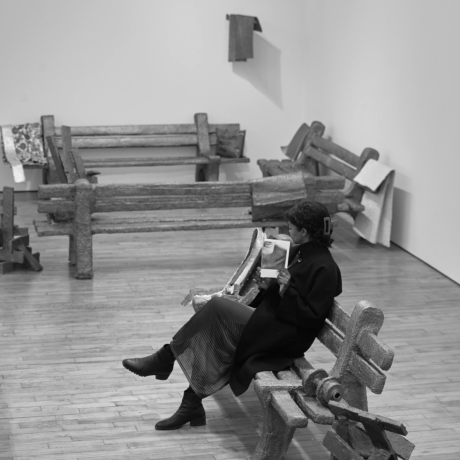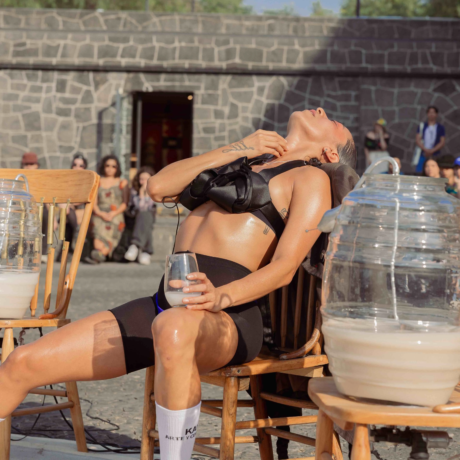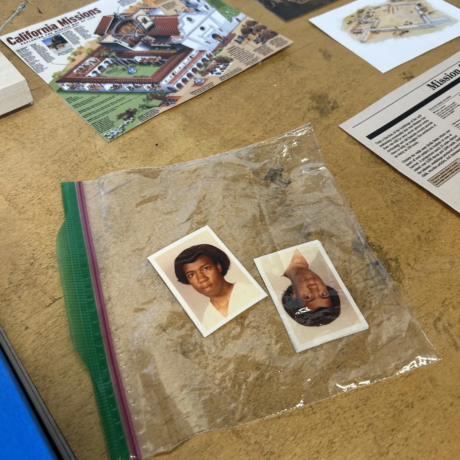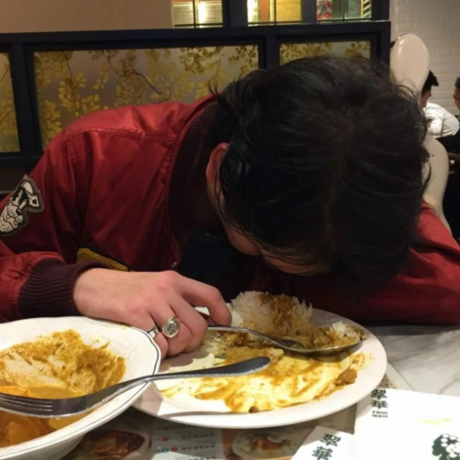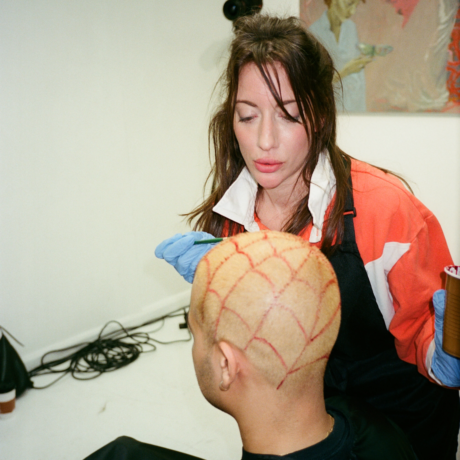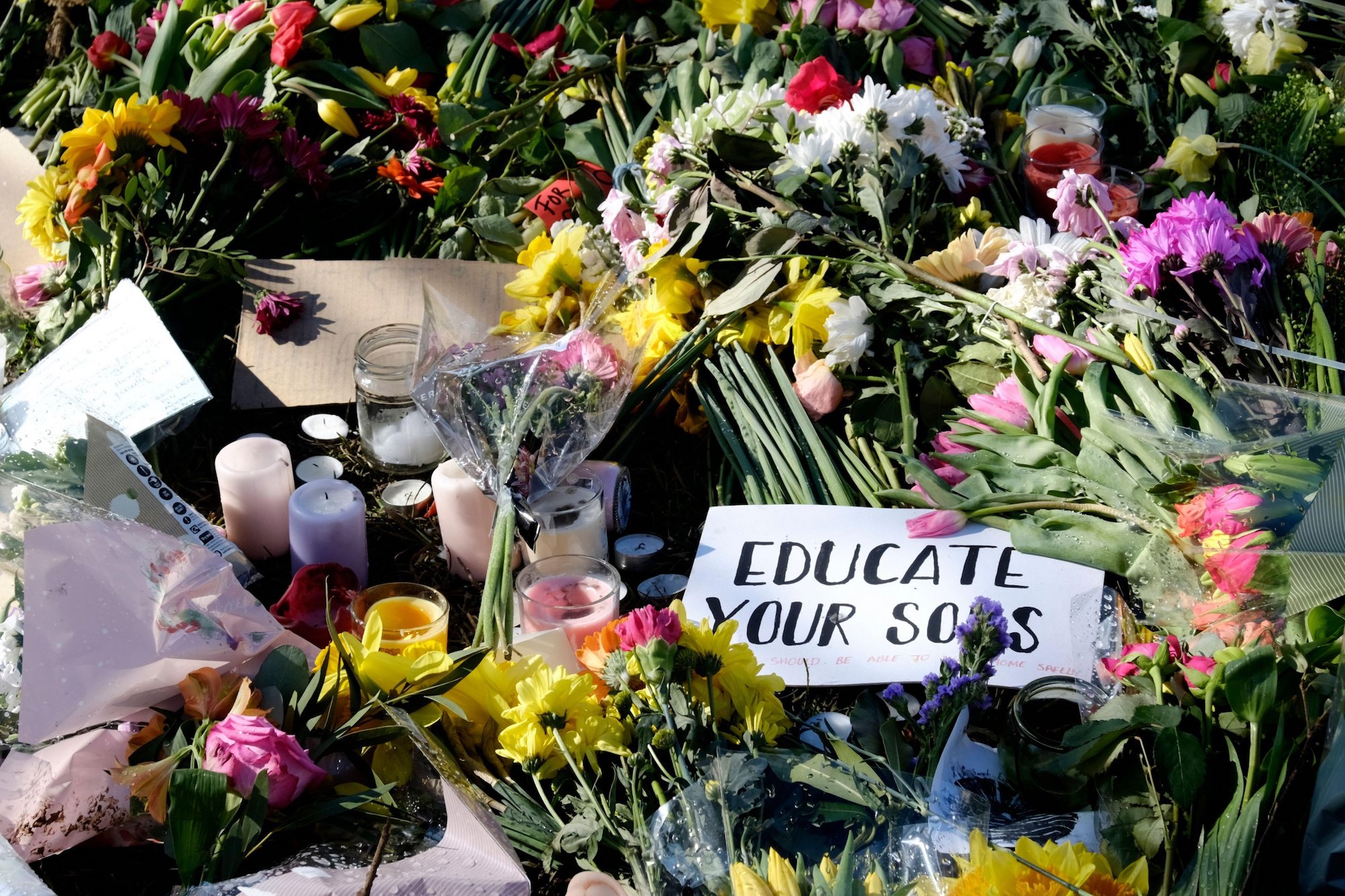
In the first week of March I was morbidly obsessed with the news. Every hour, I returned to refresh the headlines, desperate for a glimmer of good news about Sarah Everard’s disappearance on 3 March, but feeling, in the pit of my stomach, that it wasn’t going to turn out to be okay. When the news did come, I found the way in which it was announced particularly disturbing. It was the juxtaposition of a headline explaining that her remains had been found, alongside a photograph of her smiling and close to the camera.
This is the age of social-media activism, in which horrific events are reduced to images at the speed of the sensor in a smartphone. The news mimics how image-based social-media culture clutches at certain pictures. It was hardly a surprise that so little time had been left to process what had happened. A Metropolitan police officer was accused of kidnapping and murdering Everard, and then returning home to his partner and two children. The weekend that the news broke, a candlelit vigil was held in Clapham Common, from which thousands of images were posted online.
“It quickly became a competition of aesthetics and shareability, but with no context or explanation”
It felt to me like many of the people at that vigil had gone to take the same photograph. It offered a show of solidarity, but could also be seen as an act of conformism that repudiated what was really going on. The rallying cry also shifted to a slogan: rather than protect your daughters, #educateyoursons, the hashtag activists cried. An onslaught of photographs followed, the words meme-ified, handwritten on signs, strung up with flowers. It quickly became a competition of aesthetics and shareability, but with no context or explanation.
Yet that #educateyoursons message, which has been circulated widely online, implicitly puts the issue of men’s violence back into the domestic space. It thereby, as we know from statistics about child rearing, makes the violence of men the problem of women once again. Following the logic of educating ‘your sons’ (not, emphatically, the collective ‘our sons’ but the accusatory second-person possessive) at home, then the opposite outcome of not educating them would mean that we, the parents, are entirely responsible for the actions of our sons. It exacerbates the age-old notion that all the power lies in men, and it is up to others to unleash or vanquish it. #Educateyoursons is just another way to remove blame from men. “Male agency is routinely removed from descriptions of male violence,” Anne Enright wrote in The Guardian, “and this helps men get away with it.”
View this post on Instagram
The idea that parents, especially mothers, should be held accountable in the aftermath of Everard’s death is deeply disturbing. It also ignores the more powerful and pervasive influence of education that happens outside the parental guidance: the education that happens in a misogynistic and racist society, where violence is often the result of inequality.
Many parents speak of how troubling it is when their children first start their school education. I fear for my oldest, now embarking on her early years. I wonder what and who she will encounter, and what she will be exposed to that I cannot control. People with children older than mine often describe it as a process of letting go. What happens at home is important, but the weight of the world is threatening and cannot be overlooked. Men should be seen as society’s sons, “our sons” and not “your sons”, contrary to what these images keep reinforcing.
“#Educateyoursons is just another way to remove blame from men”
Education in its best form is ongoing and takes a lifetime. What we need is urgent and immediate. My son and a daughter are still far too young to walk home alone, but I don’t know if I will ever see a time where they can walk without fear in the streets at night. I am sure I’m not the only parent who feels the need to protect and educate my son and my daughter equally, especially about the unequal way society may treat them and understand their experiences.
View this post on Instagram
Seeing the words #educateyoursons scrawled on paper on thousands of photographs all over the internet, I thought how quickly the discourse becomes Manichean and divisive—us and them, sons and daughters, individuals and institutions. In the US journal Dissent, Charlotte Shane writes, “And what is to be done, if we agree—and I really hope we do—that rapists and murders are unlikely to be persuaded by exhortations that they ‘change’?”
The vagueness of these visual statements is extremely troubling. Pictures might speak a thousand words, but the impetus of images alone isn’t enough. Shane continues: “I’d like to know precisely what those behind these posts think the solution is, especially when their solution eschews criticism of institutions. Do these people truly think Everard’s murderer was simply not told the right things as a boy? The inarticulacy of these cris de coeur makes them dangerous.”
With a similar, familiar sense of dread, I tracked the reportage when Richard Okorogheye went missing just a few weeks after Everard. “Come home, you’ve done nothing wrong”, was the police message to Okorogheye (why would he have done anything wrong?). Almost as soon as it was announced that his body had been found, he too was reduced to an image. This time it was not a smiling face, like Everard, but a shadowy silhouette on CCTV, walking away alone.
View this post on Instagram
“Some things cannot and should not be put into pictures. A parent’s grief is among them”
While Everard’s parents have not been centred in her story, the suffering and loss of Okorogheye mother’s, Evidence Joel, has been politicised and plastered across the media in real time. Her parenting has been indirectly questioned: she had to explain why he wasn’t immediately reported missing (a single parent, she was working in her job as a nurse and only discovered he was gone when she went to bring him his favourite meal). Joel believes her son may have gone to Epping Forest to meet someone he had met through gaming on PlayStation5. There was no hashtag for her son. The treatment of these two tragedies in visual culture speaks volumes of the persistent racism and sexism that poisons perception.
It’s natural, instinctive perhaps, to look for a reason to explain all this horror. The reflex might be to deflect the pain, to look for the solution to salve it away, to confine it to an image. At one point I found it too much: I had to turn it all off. Viewing pictures of vigils, the same images of Everard, the screenshots and shares, appearing in my feed next to pictures of brunch or a vase of tulips, was nauseating: death and life pounded into pixels. Two families have experienced the worst nightmare of all parents, their children taken away from them. Some things cannot and should not be put into pictures. A parent’s grief is among them.

